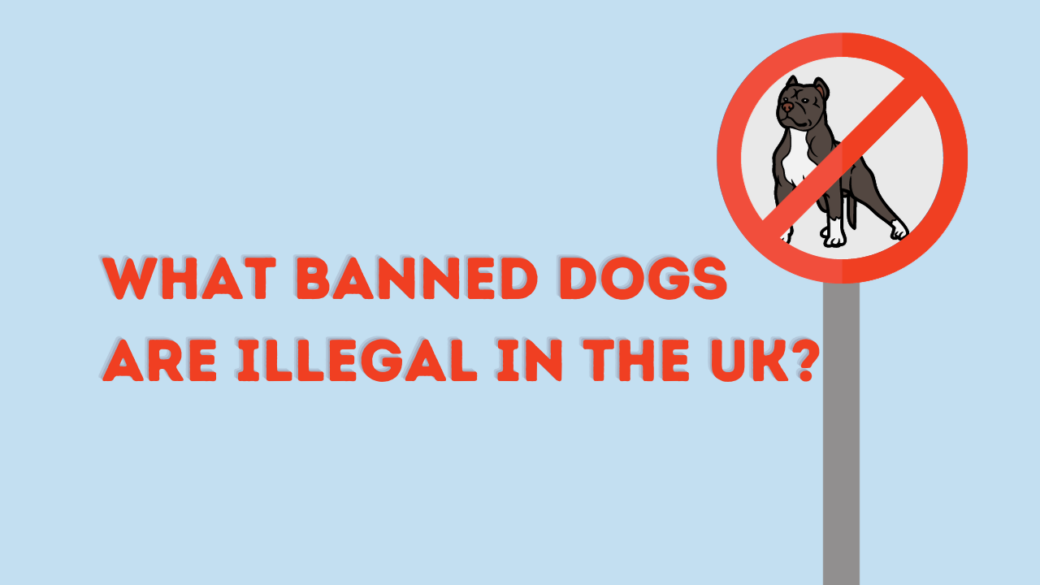As part of the Protection of Animals Act (1911), animal fighting was outlawed. This means activities, such as badger and bear baiting, cockfighting, as well as dog fighting, were made illegal. Unfortunately, this did not successfully work to wipe out the dog fighting practice in the UK. Between 2015 and 2020, it was reported that the RSPCA received over 9000 reports of organised dog fighting.
The dogs that are most commonly used in dog fighting have also been made illegal in this country; this was part of the Dangerous Dogs Act (1991). However, some people still dispute this decision to ban specific breeds, with some stating that aggressive behaviours are the result of negligent owners and not just the nature of the dog.
There are four dog breeds that are banned by the Dangerous Dogs Act (1991) in the UK; the Pit Bull Terrier, Japanese Tosa, Dogo Argentino, and Fila Brasileiro. These breeds have been deemed the most dangerous as they were traditionally bred for dog fighting.
This article will focus on the four banned dog breeds, their histories, as well as some background into the laws related to these dogs.
Table of Contents
The Dangerous Dogs Act (1991)
In 1991, the UK government created the Dangerous Dogs Act (1991) after several injuries or deaths from dog attacks, involving particular breeds. The law means owning, breeding, selling, or exchanging these dogs is illegal. This also includes crossbreed dogs of these banned breeds.
This law was extended to include private property in 2014, instead of just dogs on public grounds.
For many people, this act is known as breed-specific legislation, which has meant some people have questioned this law. These people believe a dog’s behaviour is the result of the training the dog receives and how it is brought up, not just dependent on the specific breed. They disagree with a blanket ban on specific breeds and would like to see the law changed; however, it is unlikely the banned breeds would be allowed back into the UK in the near future.
But it is important to note that the Dangerous Dogs Act applies to all dog owners, regardless of breed or size. Dogs that are acting out of control in public or private areas can be reported; this includes dogs that injure someone or cause someone to worry that it might injure them.
Dog Breeds Banned by the Dangerous Dogs Act (1991)
Although it is now legal to keep some exotic animals as pets, including capybaras and sugar gliders, four dog breeds, traditionally bred for fighting, are currently banned in the UK. This is likely to change to five dog breeds by the end of 2023 if the American XL bully dog is added to the list.
Below, you can see what dogs are currently illegal to own in the UK:
Pit Bull Terrier
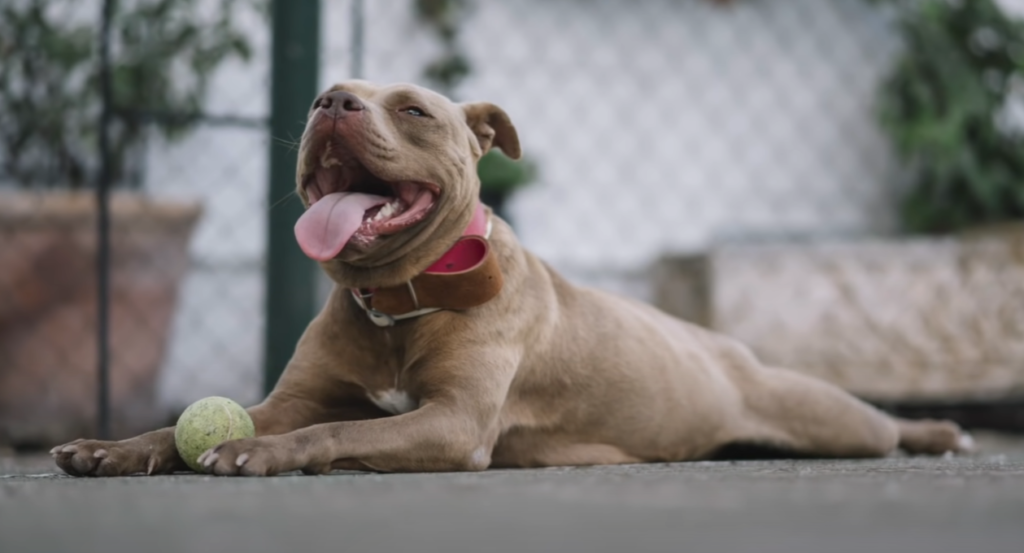
The Pit Bull breed was bred by Victorians to become a popular fighting dog. This breed became well-known for its strength, power, and tenacity. These traits were viewed as vital in the blood sports in which Pit Bull Terriers were used, such as bull baiting; this barbaric activity would see a pack of dogs attack a larger animal in a pit. This is believed to be where the Pit Bulls’ reputation, justified or not, first began.
Pit Bulls became associated with several high-profile cases of aggression against humans, leading to their ban in the UK. Pit Bulls have one of the stronger dog bites, which can cause serious injury; their jaws can grip with a force of up to 500 pounds per square inch.
Japanese Tosa
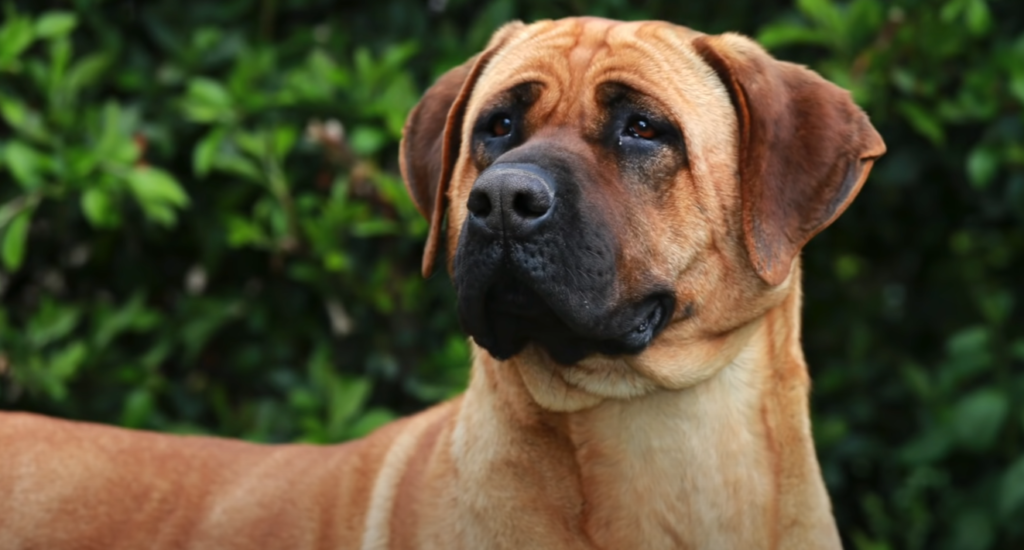
Still a popular choice in Japanese dog fighting rings, the Japanese Tosa was introduced to the UK in the 1970s. This massive dog, which was developed as a mix of a local Japanese breed with Bull Terriers, Great Danes, Mastiffs, and St Bernards over 100 years ago, can weigh up to 100kg. They were bred to be fearless and protective, which made them great options as guard dogs.
In contrast to its large size, the Japanese Tosa is said to be able to fight silently, as Japanese rules dictated in dog fighting rings. They do have an impressive bark, however. This, paired with their protective instincts, can cause the dog to react aggressively towards people or other dogs it believes to be threatening.
This is also a banned dog breed in Australia, Denmark, Ireland, and several other countries.
Dogo Argentino
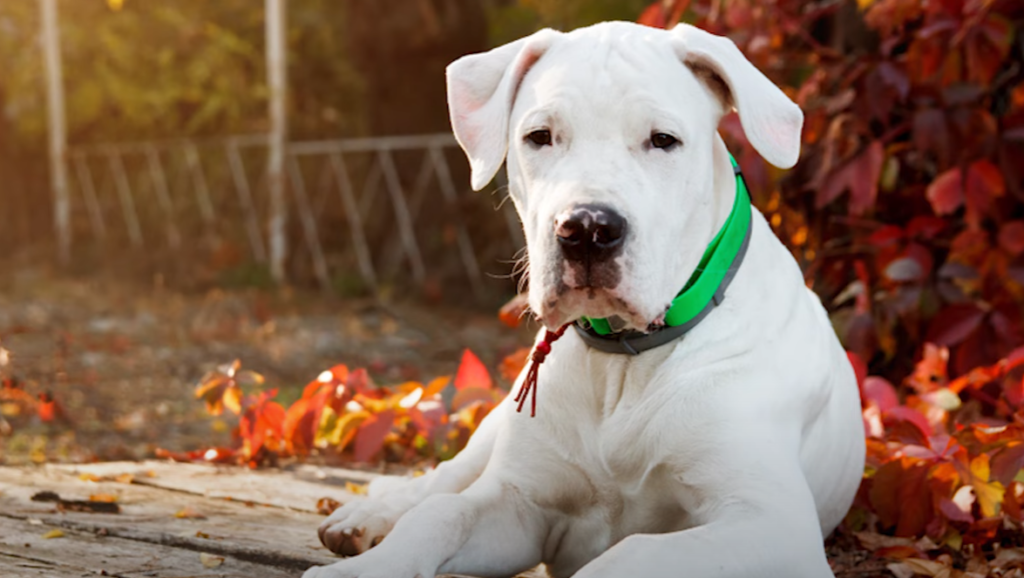
The Dogo Argentino, or Argentinian Mastiff as it is also called, was originally bred as a hunting dog, specifically for wild boar and puma hunts. It is one of two dogs on this list that originated from South America. In the 1930s, Antonio Nores Martinez set out to create a dog that would be an ideal hunting companion, as well as being able to protect the hunter.
The Dogo Argentino is a large, white, stocky dog that is said to be very obedient. They are also known for being protective of their family and home, which can lead to some aggression problems. This breed’s stubborn temperament meant it was better suited to experienced dog owners.
Due to being used in dog fighting rings, this dog breed was deemed dangerous and banned in the UK and other countries.
Fila Brasileiro
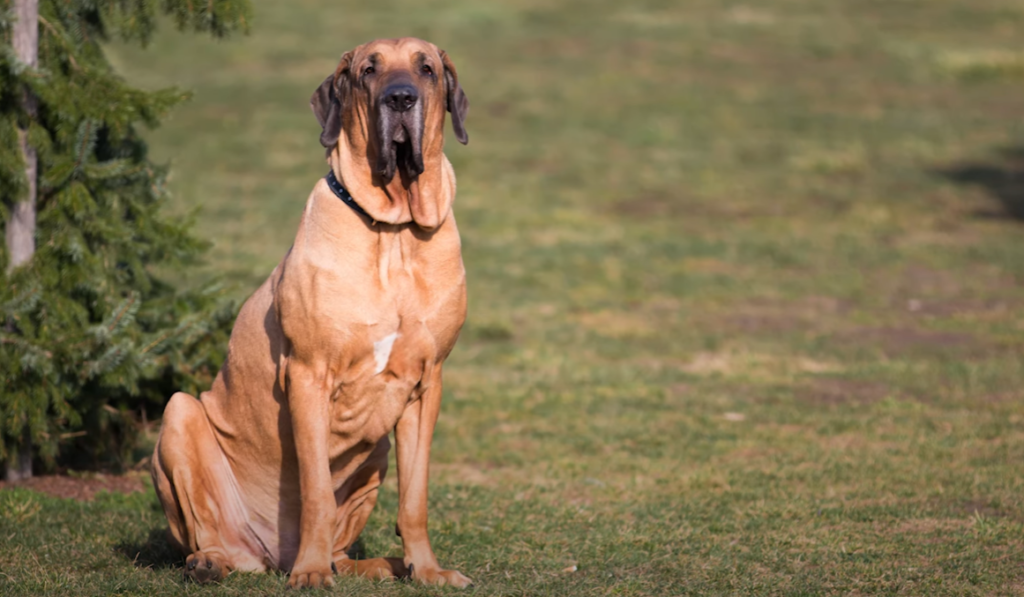
Also known as the Brazilian Mastiff, the Fila Brasileiro is a big game-hunting and working dog originating from Brazil. They were bred to be able to track and capture large prey, as well as being able to protect their owners. It was not primarily used as a hunting dog, only meaning to keep the prey still until the hunter arrived. The Fila Brasileiro is a large, muscular dog with a short coat that can be any colour.
This breed is known to be very loyal to its family, but it can also be aggressive to strangers and other animals. They have a strong prey drive, so they may not be suitable to be around smaller pets such as cats or rabbits. These characteristics and its large size meant the Brazilian Mastiff was used for fighting.
What Happens if You Own a Banned Dog Breed?
If you own one of the banned dogs included in this list, the police or local council dog warden can remove the dog from your care, even if it behaves and no complaints have been made. This is due to police officers, and other officials, going on the appearance of the dog, instead of the breed or name.
Either a police or council dog expert will judge your dog – what type of dog it is, whether it is/could be a danger to the public, etc. The dog will either be released or, if the police decide to apply to a court, kept in kennels.
Penalties for owning a banned dog include an unlimited fine and/or a six-month prison sentence. The dog will also be destroyed if it is found to be a banned and dangerous dog.
A certificate of exemption can be given out if you can prove to the court your dog’s not a danger to the public. If a certificate of exemption is given, you must obtain special insurance for your dog and follow certain conditions, such as neutering and muzzling in public. You can find further guidance on this issue, also known as the Index of Exempt Dogs, here.
What Other Animals are Illegal to Own in the UK?
As briefly mentioned before, some exotic animals are perfectly legal to own in the United Kingdom, like the capybara; however, several classes of animals remain illegal to keep. Many of the animals listed below require a licence under the Dangerous Wild Animals Act 1976:
- Alligators and crocodiles
- Apes, chimpanzees, gorillas, and other animals from the Hominidae family
- Badgers and other animals from the Mustelidae family, such as otters and wolverines
- Bears
- Big cats, including the bobcat, cheetah, lion, and tiger
- Brown recluse spiders, Sydney funnel-web spiders, wandering spiders, widow spiders, and their close relatives
- Egyptian geese
- Giraffes
- Hyenas
- Kangaroos
- Leaping lemurs and large lemurs
- Monkeys
- Wild dogs, such as jackals and wolves
To Sum Up
Knowing what dogs are illegal in the UK can help you in the future, whether you want to get a dog or suspect someone of owning a banned breed. The four banned dog breeds on the list above – Pit Bull, Japanese Tosa, Dogo Argentino, and Fila Brasileiro – were initially bred for fighting purposes and are now illegal to own in the UK.

